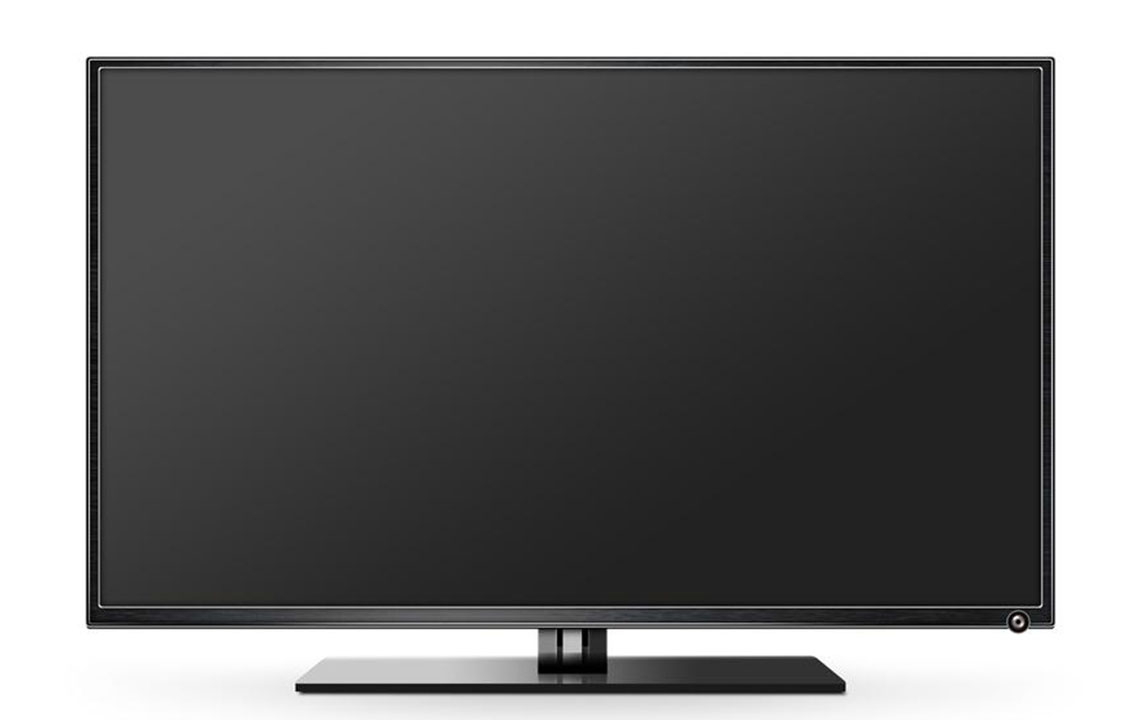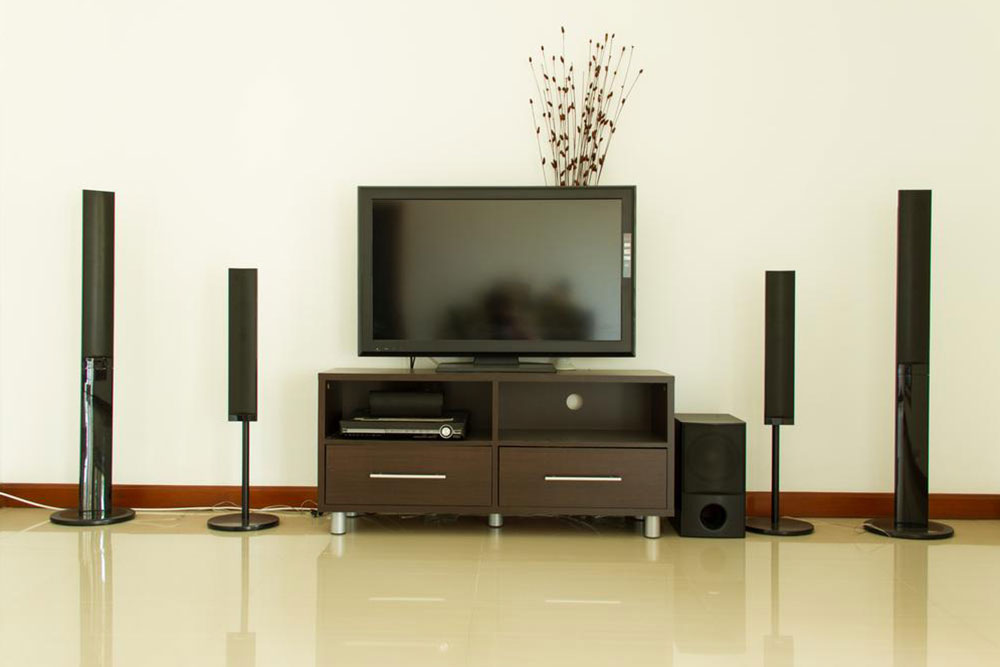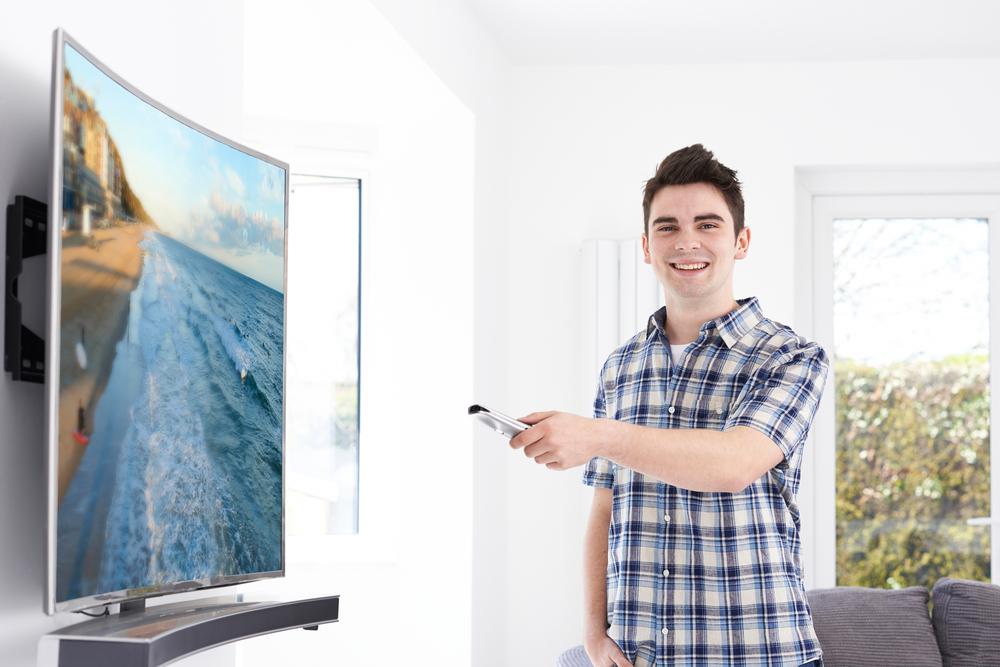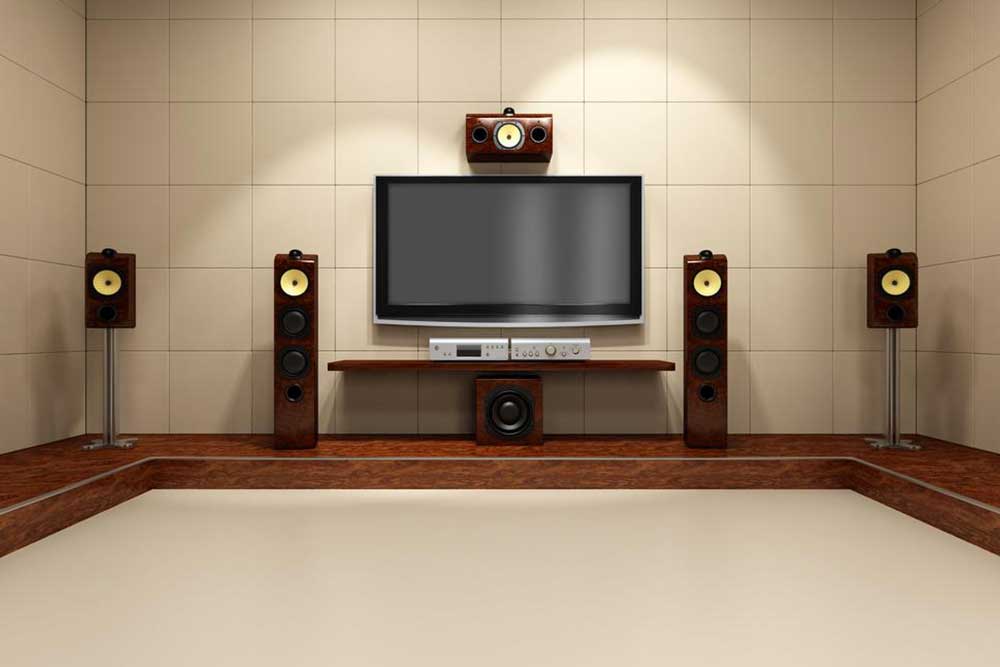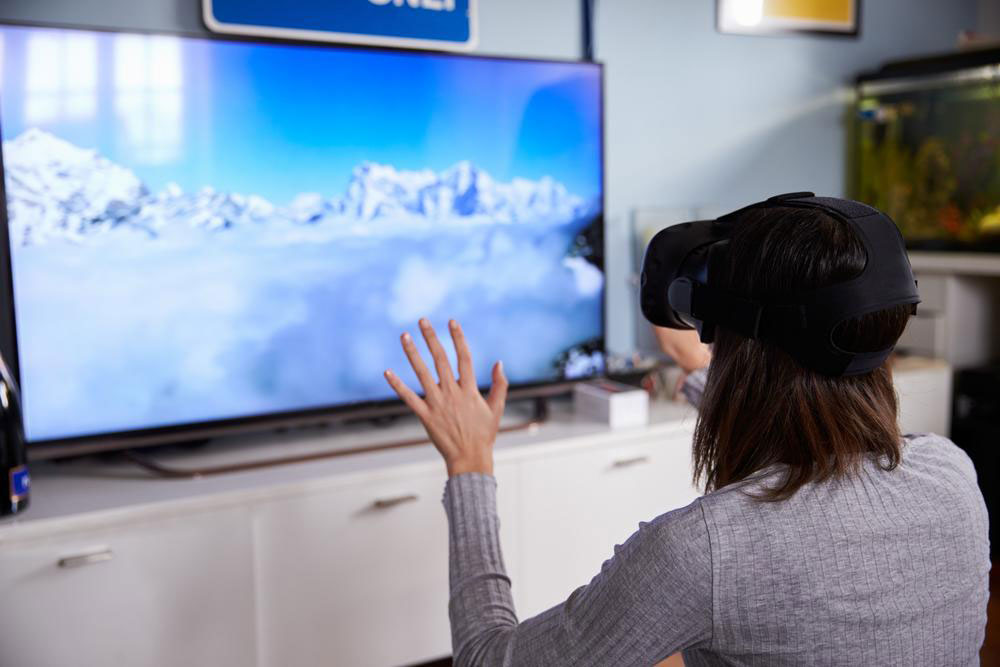Guide to 80-Inch UHD Televisions: What You Should Know
Explore the essentials of 80-inch UHD TVs, including their resolutions, benefits, top brands like Samsung and Sony, and how they enhance your home entertainment. Learn why large-screen 4K televisions are trending among enthusiasts seeking immersive viewing experiences with sharp, vibrant images, perfect for streaming services and cinematic quality.

Guide to 80-Inch UHD Televisions: What You Should Know
In today’s digital age, high-quality entertainment is accessible through devices like smartphones, tablets, laptops, and smart TVs. The current trend in consumer electronics emphasizes large-screen 4K Ultra HD televisions, especially those measuring between 70 and 80 inches. These massive screens offer an immersive viewing experience, making them popular among home theater enthusiasts. But what exactly makes 4K UHD TVs so sought after, and why are consumers eager to get one?
4K resolution, also called Ultra High Definition (UHD), provides stunning image clarity, making it the preferred choice for cinematic viewing and streaming platforms.
UHD typically features a horizontal pixel count of around 4000, resulting in exceptional picture quality. While standard Full HD TVs have a resolution of 1920 x 1080, UHD screens boast approximately 4096 x 2160 pixels, quadrupling the pixel density of Full HD displays. This elevates the sharpness and vibrancy of images, delivering a more crisp and immersive visual experience. Many streaming services, including Netflix and YouTube, now offer 4K content, enhancing home entertainment.
To fully experience 4K content, it's advisable to choose an Ultra HD TV ranging from 60 to 80 inches. The larger the screen, the more impactful the viewing experience becomes. Leading brands such as Samsung, Sony, Panasonic, and Vizio manufacture 4K TVs tailored for diverse preferences. Samsung offers a broad range of 4K models from 50 to 80 inches, renowned for their bright images, smart features, WiFi connectivity, and multiple ports. Sony, although slightly more expensive, excels in superior technology and outstanding audio quality. Vizio’s E-Series models feature advanced image processing technology, like the Xtreme Black Engine, which enhances dark scene clarity and supports direct streaming via Chromecast.
Note:
Our blog provides valuable insights across various categories, empowered by thorough research. While we strive for accuracy, readers should consider this information as guidance rather than definitive. The site is not responsible for discrepancies or updates in data, and some deals or promotions might be unavailable at the time of reading.


